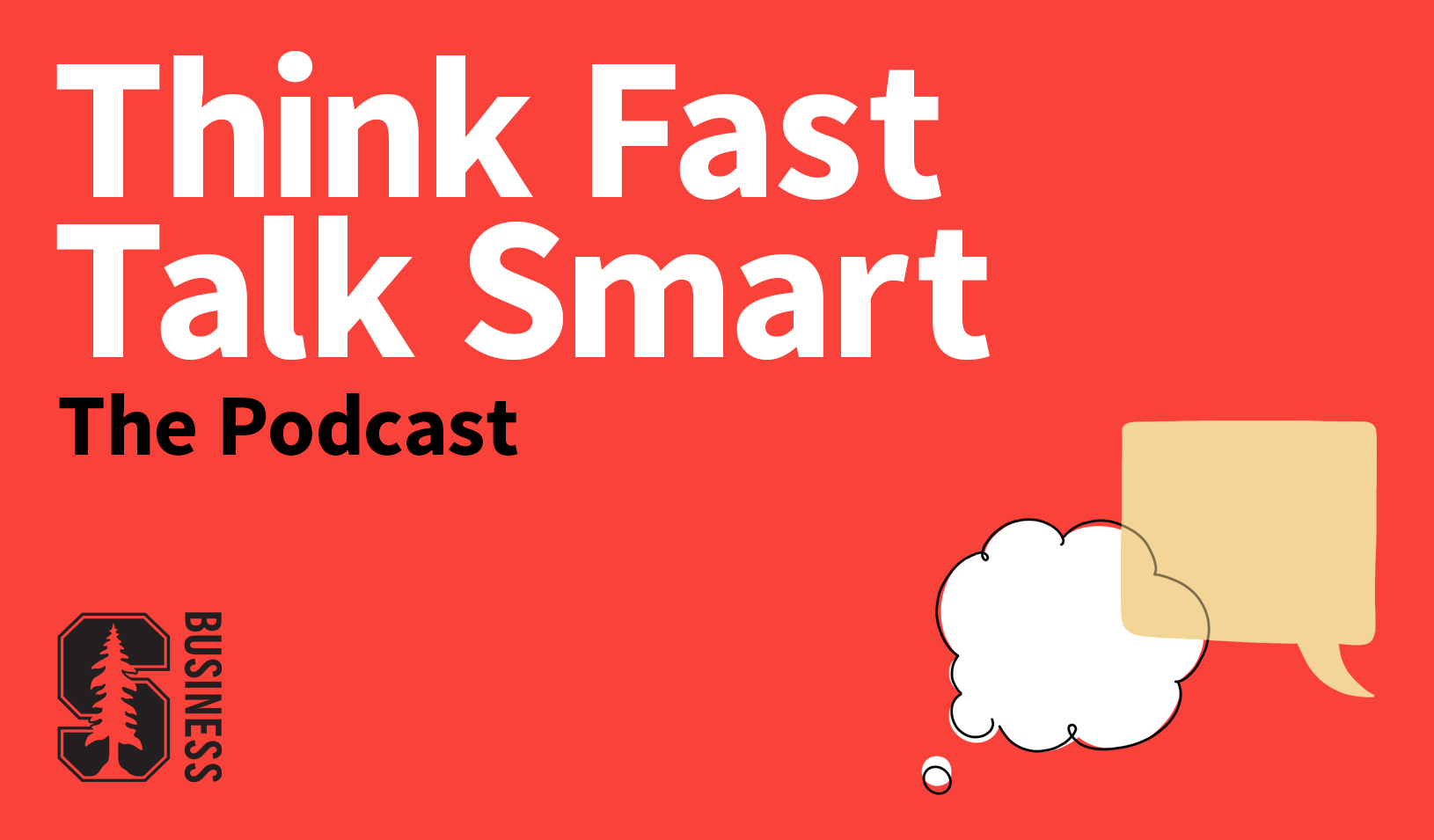For anyone who bills or earns by the hour, the world can turn into a 24-hour clock divided not by numbers, but dollar signs. In a recent study, lawyers watching their kids play soccer admitted to mentally ticking away lost income for each minute they stood on the sidelines. One researcher at Warwick University has even gone so far as to calculate that the average British minute is worth just over 15 cents, which means that across the “pond,” brushing your teeth results in 45 cents worth of “lost” time, while washing a carboy hand has a hidden cost of $4.50.
Egads, was Ben Franklin right when he uttered the famous phrase “Time is money?” Right or wrong, he was certainly good at predicting where attitudes in the West, and in American society in particular, were headed, says Stanford Graduate School of Business professor Jeffrey Pfeffer. In a series of recent studies, Pfeffer and doctoral student Sanford E. DeVoe found that people who are used to being paid by the hour start thinking of time as a commodity almost equal to cash. And given the choice as to whether they’ll take time or green bills, they’ll usually take the latter — meaning they’re nearly always willing to put in more hours to get the pay.
No small wonder, say the researchers, that most Americans are feeling overworked. Apparently, those “priceless” MasterCard moments can lose their glow when you know exactly what an hour will cost you.
In three related studies, Pfeffer and DeVoe found a significant difference between the attitudes of people paid hourly and salaried workers. They found that only employees who are not paid by the hour use different mental accounting standards for time than they do for money.
“Being paid by the hour causes people to endorse the idea that they’d rather make more money and spend more time at work,” says Pfeffer, the Thomas D. Dee II Professor of Organizational Behavior. “This shows how a commodified view of time spills over into how people view their personal and leisure time.”
“Once you’re paid by the hour,” he says, “you start placing a monetary value on that hour. The opportunity costs of not working become clearer. People gravitate toward things that are easier to evaluate, and it’s easier to figure out the value of a paid hour than it is, say, the value of an hour spent in leisure activity. So they chose work over play.”
Pfeffer and DeVoe have also studied how organizational practices affect people’s decisions to do non-compensated work. They found that people paid hourly spend about 36 percent less time volunteering than salaried people.
In the first study of their recent trilogy, the researchers questioned workday commuters in a train station to determining their attitudes toward time and money. Commuters were asked to react to statements such as “If I have wasted time/money on a particular activity or item, I try to save it on another activity or item,” and “I feel I must make sure that past expenditures of money/time are not wasted.” Sure enough, those who punched a time clock or billed by the hour were more likely than salaried folk to answer similarly for both time and money issues. Mentally, they treated the minutes and dollars as nearly equivalent commodities, while those who did not determine their salary by the hour agreed less strongly, and therefore accounted for their time differently than for money.
In the second study, Pfeffer and DeVoe used U.S. Census Bureau survey data on whether respondents were willing to trade more time for more money. When given the choice of working less time for less money, the same time for the same money, or more time for more money, people paid by the hour preferred to work more and thus earn more. The result was the same even when the effects of income, age, martial status, gender, or educational attainment were statistically controlled.
Such workaholics can be cultivated with the stroke of a calculator, it seems. In a third study, once salaried employees were asked to compute their hourly rate of pay, they, too, began to indicate a willingness to work more hours for more money. “Once the value of their hour was made plain to them, they began to think more like hourly employees,” Pfeffer says.
“There’s some evidence that people feel more overworked and pressed for time than ever before, which is inconsistent with most measures to date of how much people are actually working in comparison to their leisure time,” Pfeffer says. “One reason may be that if you come to see time as money, you will feel more stressed because even when you’re not at work, the opportunity costs of not working will weigh more heavily on you.”
For media inquiries, visit the Newsroom.






